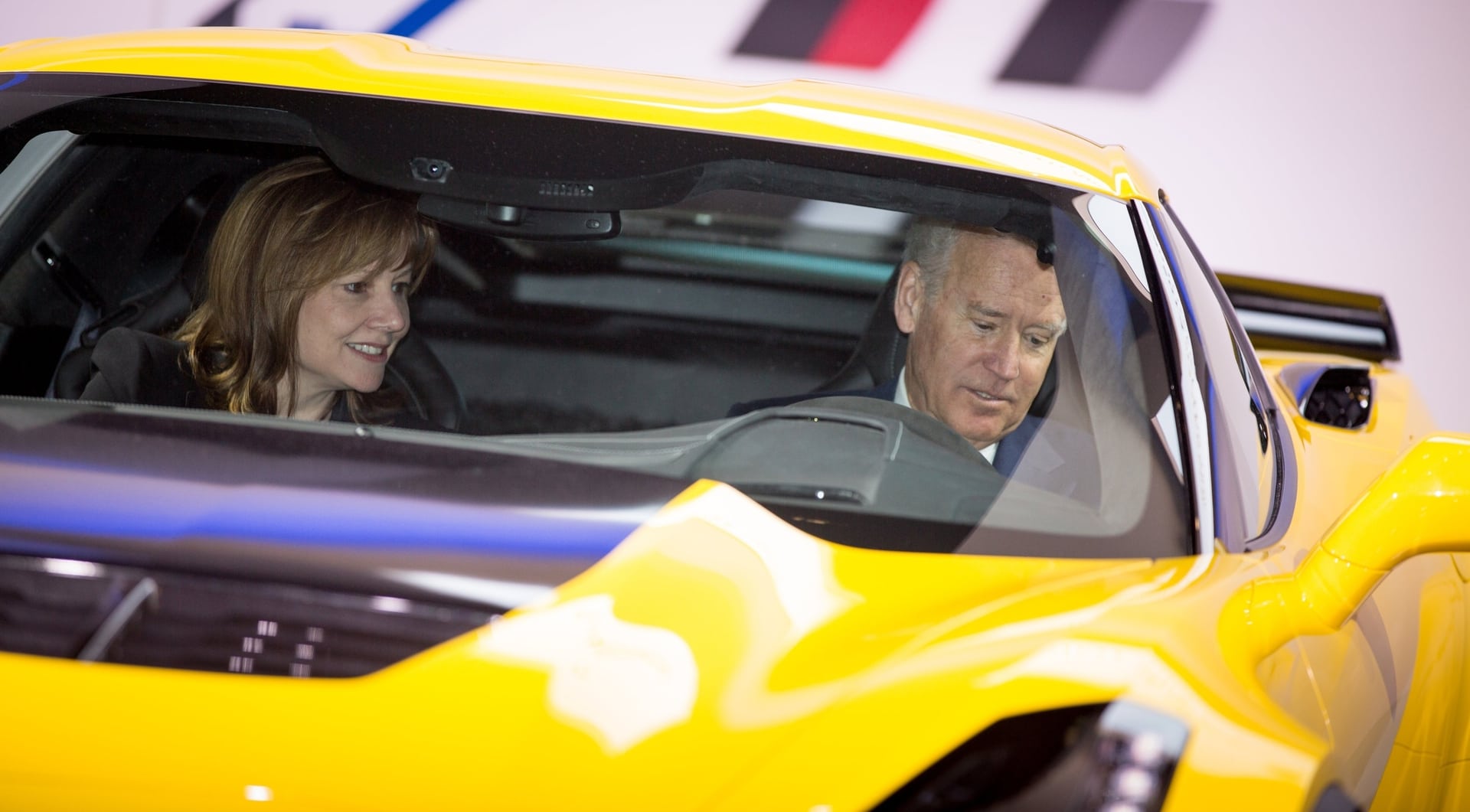Joe Biden: A car fan moves into the White House
HOPE FOR THE SUCCESSOR Joe Biden knows the American automotive industry like no other president before him. After all, his father was a garage owner and ran the largest Chevrolet dealership in his home state of Delaware. Together with Barack Obama, as his vice president, he saved the American automotive industry with government guarantees during the global financial crisis in 2008 and 2009 [...]

Together with Barack Obama, as the latter's vice president during the global financial crisis in 2008 and 2009, he rescued the U.S. auto industry with government guarantees while enforcing stricter emissions and fuel economy regulations.
However, these were repealed or watered down again by Donald Trump. Now manufacturers must prepare for a return of the Obama values.
Consumption reduction of six percent annually
Exactly what Joe Biden's plans will look like is still uncertain, but they will likely once again exceed the limits defined by the Obama administration.
A plan unveiled by Democrats last June calls for a six percent annual reduction in consumption, starting in 2026. Joe Biden definitely plans to bring the U.S. back into the Paris climate agreement and, observers are certain, will use so-called executive orders to enforce stricter environmental standards.
Millions of new jobs in the automotive industry
During the election campaign, Joe Biden repeatedly declared the fight against climate change to be one of the most important goals of his term in office, along with the creation of new jobs. His climate policy is to create one million new jobs in the automotive industry.
On his Internet portal, the new president proclaims to create jobs at manufacturers, suppliers and infrastructure companies - "from parts to charging stations, to enable American auto workers and businesses to win the 21st century."
Tax incentives in favor of electromobility
These measures could soon include extending tax incentives in favor of electromobility and switching from combustion models to electric vehicles in public fleets.
In contrast to 2012, when the industry was still running up a storm against the stricter regulations, manufacturers are now better prepared. General Motors and Co. are currently accelerating the development of electric models, and GM has set itself the goal of achieving at least 40 percent of its registrations in the USA with e-models by 2025. Based on last year's registration figures, that would be one million models.
Low fuel price and too few charging stations
If Joe Biden really wants to push electromobility in the next four years, however, his administration has a lot of work ahead of it. Currently, e-mobiles have a manageable 1.5 percent market share in his country - partly because of low fuel prices and an inadequate charging infrastructure.
Electric motorists have just 87,000 charging stations at their disposal. Joe Biden plans to build a network of 500,000 stations by the end of 2030. In the coming years, the new president has promised government investment of $400 million to make the switch to clean energy and advanced battery technology.
Scrapping premium for aged cars is being planned
In addition, Joe Biden hinted during the campaign that he plans to offer a cash-for-clunkers program if Americans trade in their aging cars for new e-models.
In the Senate, the Democrats had already presented a plan last year, according to which 63 million internal combustion vehicles would be exchanged for electric vehicles within the next ten years. According to these ideas, the trade-in premium would be $3,000 (just under 3,000 Swiss francs).









